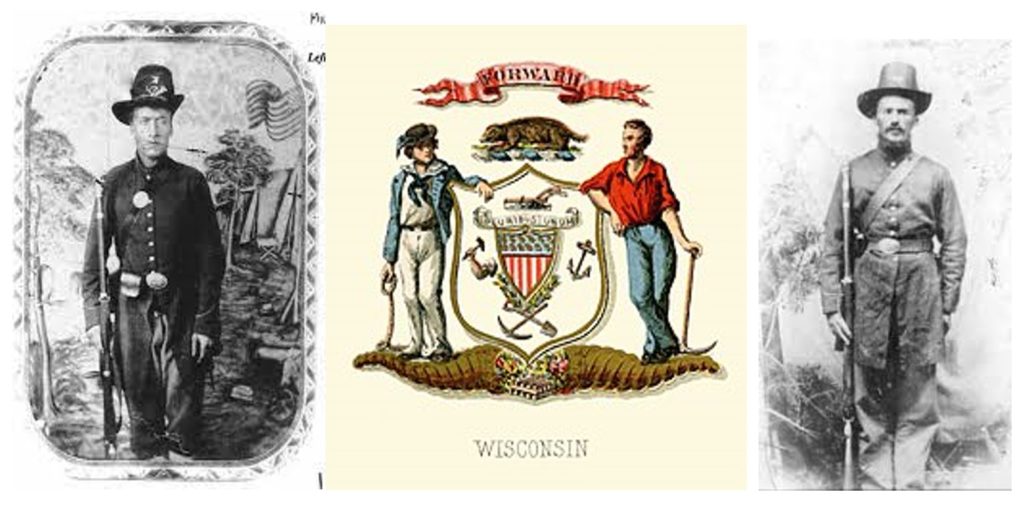“Wargames: Fighting the Battle Before Firing a Shot”
This unique presentation will have three speakers—Jim Rhetta. Nick Stern, and Alan Sissenwein—cover the history, types, and usefulness of wargames to military planners. Simulating a battle in advance allows staff planners to identify factors that can have adverse or advantageous impacts on the desired outcome of military operations. Two examples will be presented of war games conduced prior to a planned military conflict that predicted the actual outcome.
Methods of conducting war games at the Strategic, Operational, and Tactical levels will be presented. Some questions this will present is if Civil War leaders could have wargamed their plans, could they have learned from them and achieved battlefield success more efficiently and with a lower cost in lives?
Jim Rhetta retired as a Col, USAFR, on the Intelligence Staff. In his career he participated in about 20 command post exercises that simulated planned combat operations in Korea, Europe, and other locations. Some of these war games simulated new and emerging weapon systems to determine their impact in Operation Plans and educate Staff planners on their impacts and limitations.
Nick Stern, like many of his fellow boomers, became interested in the Civil War during its centennial. A retired Disney artist, he now combines his pastimes of reading military history and painting toy soldiers to organize and play historical miniature wargames. The games are set in a variety of periods, including the Civil War. When not engaged in his hobby, he teaches art classes for the South San Francisco Parks and Recreation Department.
Alan J. Sissenwein became fascinated by history when he was a teenager and started playing board wargames when he was 16, later expanding this hobby to encompass miniatures wargaming and computer wargaming. He has been a member of the South Bay Civil War Round Table since 1997 and currently serves as its vice president. He has given several talks to the round table, including a series on the worst Union generals. A professional writer, he holds a Bachelor’s in history from UC Berkeley and a Master’s from the Medill School of Journalism at Northwestern University.

